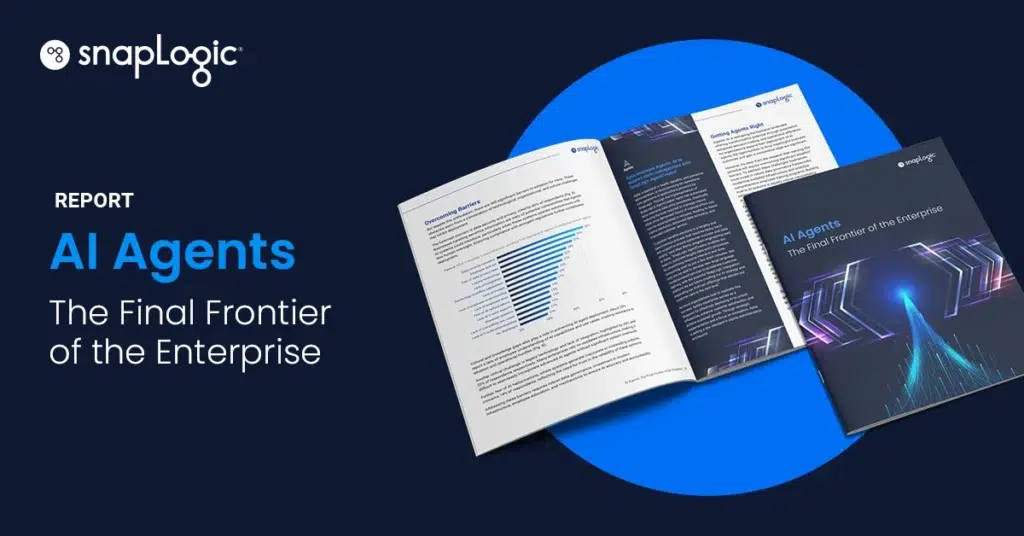What is continuous data protection?
Continuous Data Protection (CDP) is a data backup and recovery system that automatically saves a copy of every change made to data, capturing all versions of the data as they are modified in real-time. This ensures that data can be restored to any point in time, offering a high level of protection against data loss. Unlike traditional backup methods that typically save data at set intervals, CDP continuously monitors and records changes, allowing for more granular recovery options and minimizing the risk of data loss due to system failures, accidental deletions, or other disruptions.
Why is CDP important?
Continuous Data Protection (CDP) is important for several critical reasons, each contributing to the overall security, reliability, and efficiency of an organization’s data management strategy:
Minimizes data loss: CDP ensures that every change made to data is captured and backed up in real-time. This significantly reduces the risk of data loss, as it allows for recovery of data from any point in time, even up to the moment before an incident occurs. This is particularly vital in environments where data changes frequently.
Enhances data recovery: Organizations can restore data to any specific moment, providing greater flexibility and precision in recovery compared to traditional backup methods, which often rely on periodic snapshots. This granular recovery capability is crucial for minimizing downtime and maintaining business continuity.
Improves business continuity: By enabling rapid and accurate data recovery, CDP supports uninterrupted business operations even in the event of data corruption, accidental deletions, or cyberattacks. This ensures that critical business processes can continue with minimal disruption, thereby safeguarding revenue and reputation.
Supports compliance and data governance: Many industries are subject to stringent regulations regarding data retention and protection. CDP helps organizations meet these compliance requirements by ensuring that data is consistently and accurately backed up, enabling them to maintain comprehensive records and audit trails.
Reduces Recovery Time Objectives (RTO) and Recovery Point Objectives (RPO): RTO and RPO are key metrics in disaster recovery planning. With continuous backups, the recovery process is faster and data loss is minimized to nearly zero, ensuring that businesses can resume operations swiftly after an incident.
Protects against a wide range of data loss scenarios: robust protection against instances of data loss, including hardware failures, software bugs, human errors, and ransomware attacks. By maintaining a continuous log of data changes, it ensures that a clean and recent copy of the data is always available for restoration.
Simplifies data management: Automates the backup process and eliminating the need for manual intervention. This reduces the administrative burden on IT teams and allows them to focus on other critical tasks.
Advances operational efficiency: With CDP, organizations can streamline their data protection processes, reducing the complexity and cost associated with traditional backup methods. The real-time nature of CDP ensures that backup windows do not interfere with regular operations, leading to improved efficiency.









